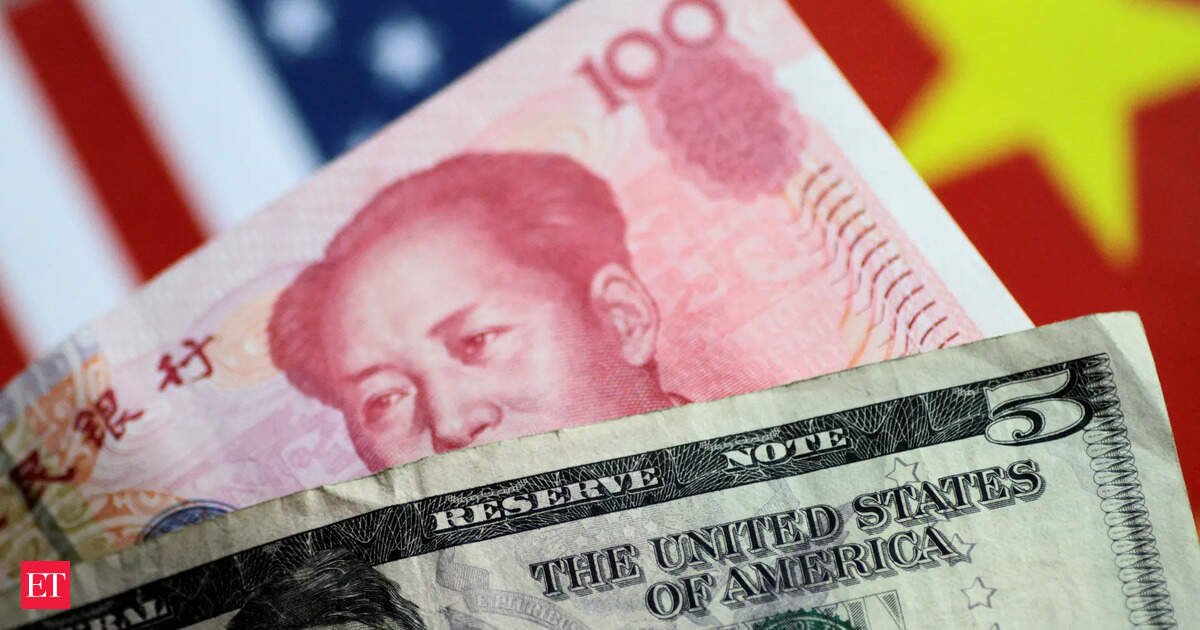“Yes, so I mean, it is a pretty busy conference and, of course, the key discussions remain around what happens to India in the middle of this global AI bull run,” Jain said. “There is somehow some set of clients who are now finding some interest coming back. They recognize the fact that after the underperformance that we have seen, India has become relatively better value.”
Jain pointed out that India has experienced its largest underperformance relative to emerging markets and Asia ex-Japan benchmarks in the last 25 years. “After that, yes, investors are trying to assess whether…, it is anyways time to look at India again,” he added.
When asked about the potential impact of the ongoing AI bull run in the US and China on India, Jain was cautiously optimistic. “See, India being a consumer and seeing the benefits of that is something which I am definitely optimistic in the longer term. But at this juncture, the AI bull run is trying to find who will be the big winners of it and at this juncture to argue that case will be a bit too early. So that will not be the reason to suddenly push the bull market in India.”
Jain also highlighted some positives for the Indian market. “Headlines for India were far worse last year. This calendar year, particularly from the middle of this year, India was seen to be the country to sign the first deal with the US, and it looks like it might very well be close to the last if not the last, so that created a lot of worry. There was a war-like situation between India and Pakistan, so all of that geopolitics has made headlines turn negative. Some of that definitely improves—possibly a trade deal with the US and maybe even with EU is something which we could expect over the next coming months.”
He added that India’s economic fundamentals are showing resilience. “We have seen one GDP print for the last quarter to be much stronger than estimate. The coming one for the September quarter could be another beat, plus the earning season seems to be not a bad earning season so far…India’s relative valuation versus EM is now getting close to its long-term average, still not there, but almost getting close to that. On a relative basis, it is not much more expensive than its peers, and some of the headlines are improving. Those are definite positives which come in.” Regarding earnings outlook, Jain was measured in his expectations. “We are not in the camp of pushing for big upgrades in earnings and big surprises yet. However, it is heartening to see that the downgrades have come off. The smallcap and midcap segment is where expectations are quite high…The largecap segment had seen some kind of reasonableness come back in expectations. So, I would say not gunning for upgrades yet, but definitely some kind of restrain in terms of downgrades should be a relief for the market.” While India may not yet be at the forefront of the global AI boom, improving economic data, stabilizing valuations, and easing geopolitical tensions are slowly bringing the market back into investors’ consideration. Whether India emerges as a top performer will depend on the continued appetite for AI-driven trades globally, but for now, the country is quietly regaining its investment appeal.




